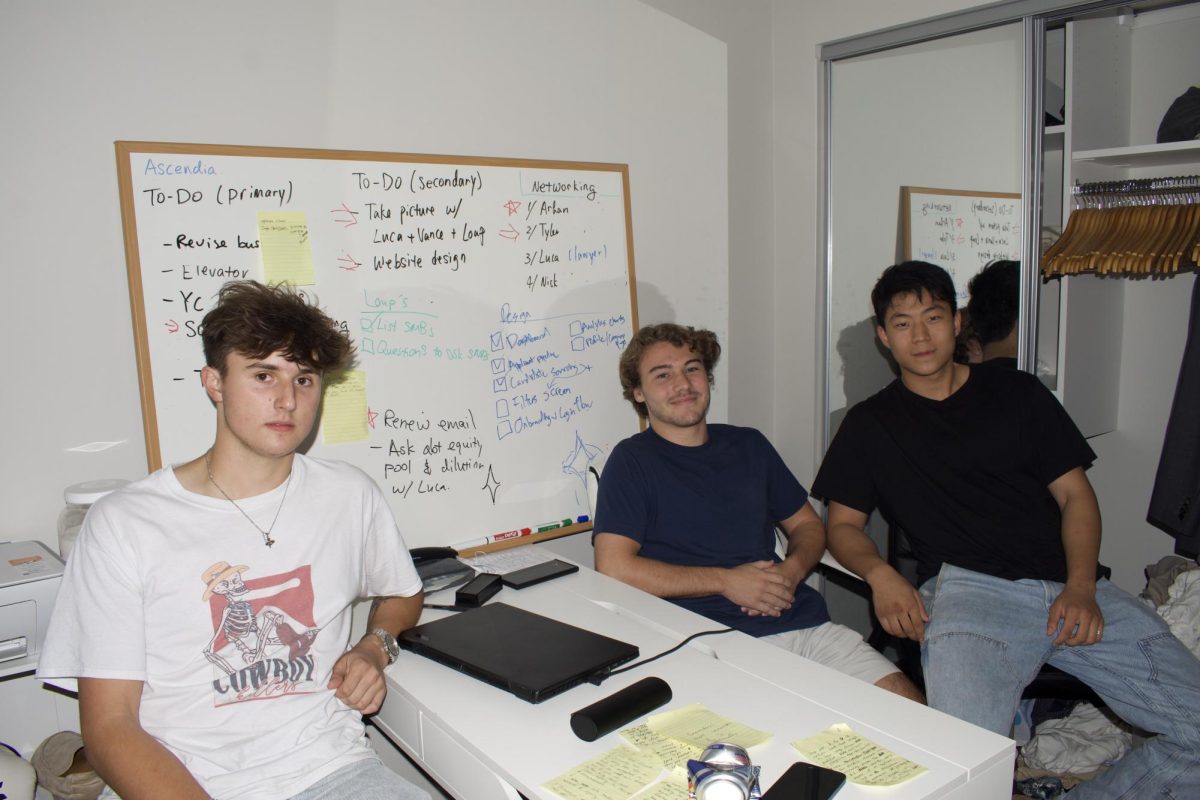Ever wondered if there will be a seat open in the George Sherman Union? Or whether the line at Starbucks will be short enough for you to grab a latte between classes? Boston University College of Engineering seniors Kanav Dhir, Deven Dayal and Alex Wong aim to eliminate these kinds of questions once and for all with Bzzy, a website that tracks how busy different locations on BU’s campus are at a given time.

Although the Bzzy website launched on Oct. 15, the creators are currently using the site to gather feedback from students to launch an improved version of Bzzy as a mobile app at some point in the near future.
“The main reason we gave it [Bzzy] a little publicity is not because it’s done. That is not why we published it,” he said. “We really wanted to know what BU students like and don’t like about the app.”
Bzzy can be accessed through a web browser on a computer or a mobile phone. The website displays a list of locations with a rating of how busy each place is at that moment. These ratings are compiled from user votes. In addition to allowing students to rate the activity of locations on campus, the website also allows students to suggest locations to be added to the list, while searching the existing locations.
Bzzy was originally conceived as the final project in the creators’ directed study course. With the support and supervision of Jeffrey Carruthers, associate professor of electrical and computer engineering in ENG, the three studied website and application building. Their efforts were rewarded with four credits towards graduation.
For their final project, the group decided to build the entire Bzzy website at the Make_BU Hackathon in March, an event in which more than 120 students came together to engage in computer programming for a 24-hour period. Out of 17 submitted projects, Bzzy was chosen as the Hackathon’s Mobile Award Winner.
“It wasn’t polished,” Dhir said. “But the functionality was there.”
The group received honest feedback from users based solely on the website, Dhir said. But the feedback has not only been from students.
A representative of BU Dining Services hoping to partner with the web app creators contacted the group the day of the site’s launch. The partnership would allow workers from BU Dining Services to periodically record data about the amount of people at each dining hall on campus. This concept has also been proposed to the Fitness and Recreation Center.
One important takeaway the group has received so far was the lack of user interest in voting on whether a place is busy or not, Dhir said.
“Voting is not very intuitive, and people are not excited about it,” he said. “There is no incentive, other than helping out fellow students.”
Partnering with organizations such as BU Dining Services and FitRec takes the voting out of the hands of users, but still leaves them with an idea of how busy these places might be at any given time. These partnerships also hint at the opportunity for expansion to other companies. Dayal mentioned the possibility of expanding to include restaurants, bars and non-school affiliated gyms on the app.
“We’re moving away from crowdsourcing the information and just making it be a way for places to communicate with the people that care,” Dayal said.
The group also said they are developing a new mystery technology that would detect how many people are in a place at any given time. This technology would not require interaction from any parties. Rather, it would simply take note of the number of people out of the total capacity for a given location.
This technology will not only be completely accurate, Wong said, but will also take the hassle of voting and recording away from the app’s users.
“The non-interaction is the most important part of this new technology,” Wong said.
When this technology is finalized and put into practice, the app will be able to show users how busy a certain location is in real time without forcing them to lift a finger.
Dayal, Dhir and Wong have big plans for the future of Bzzy. But for now, they’re happy to keep the website focused on BU.
“We know the needs of the students, and we know our needs,” Dhir said. “It is important to create a product based on what we know.”


























































































































